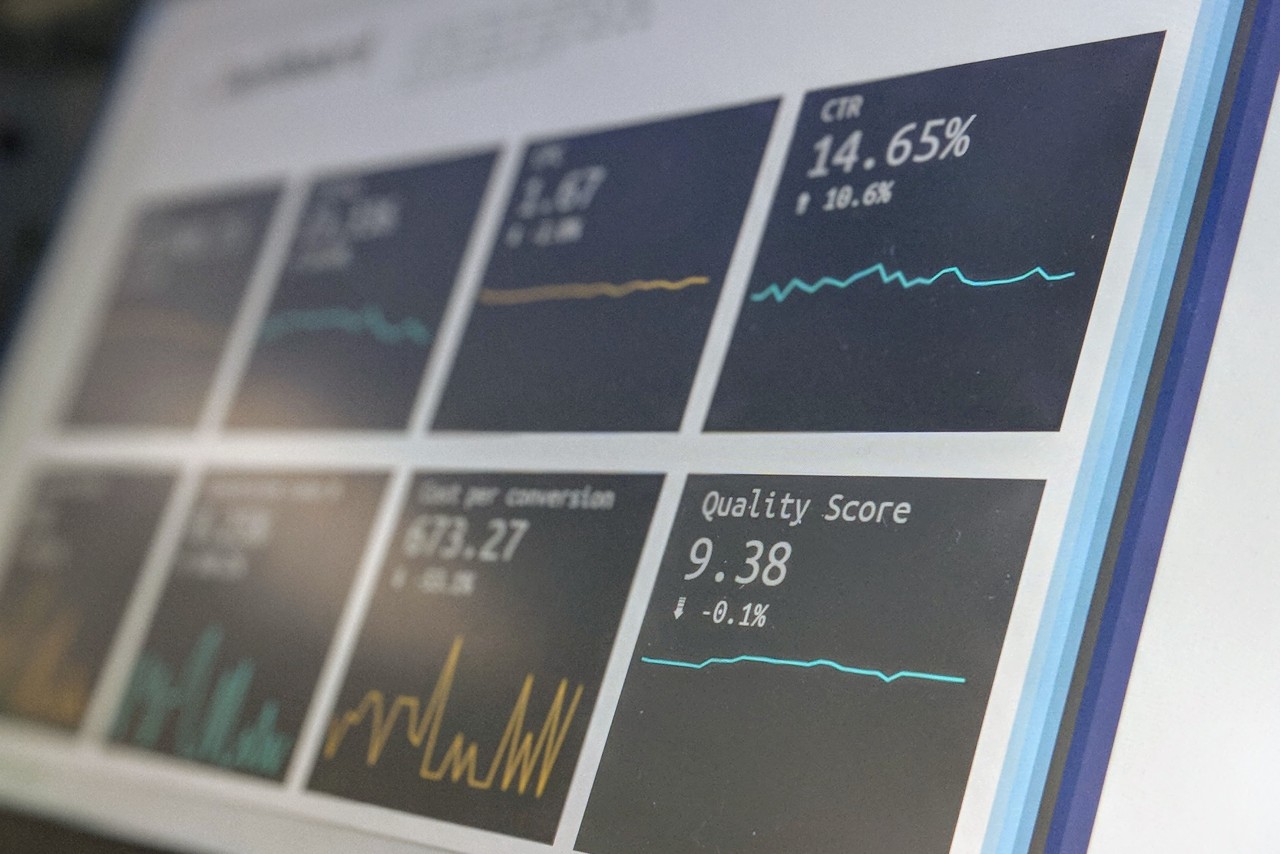Product Data & Automation: Boosting Efficiency with PIM and DAM

If you have many products, managing your data becomes a challenge. The core issue is the same for manufacturers and retailers: a plethora of data. When storing this data, it's crucial to automate the process into and out of a database to reduce efforts. We'll guide you on where to start.
Product Data & Automation: What does it mean?
Automation and efficiency improvement are often associated with machines in factories and robots. Automation enables producing more of the same product in the same time, ultimately reducing the cost per unit. However, how does this relate to product data? It's not that simple, but we'll explain it step by step. First, we need to define what product data is and its purpose. Product data can roughly be categorized into attributes (product properties) and assets (images, documents, etc.) directly linked to a product.
What are attributes - product properties and what does automation mean?
In our Wiki, we've already explained product data in detail:
"These can be morphological information, such as those related to the shape of a product, like length, width, height, depth, diameter. Relevant are also any product numbers, SKUs or IDs, e.g., EAN codes or registration numbers in European databases like EPREL, as well as bills of materials, packaging quantities, filling quantity, shelf life. Data regarding safety, availability, or stock are also relevant. Product data also includes colors, materials, surfaces – depending on the product, physical properties such as viscosity, density, load capacity, conductivity, freezing point, speeds, acceleration..."
So, if you have many products, managing your data becomes a challenge. Depending on whether you're a manufacturer or retailer, the processes may differ slightly, but the core issue is the same: a vast amount of data. When storing this data, it's essential to automate the process into and out of a database to reduce efforts.
Systems that significantly reduce this effort for product data and increase efficiency are Product Information Management (PIM) systems like Akeneo. These systems store attribute values platform-independently, allowing you to assign them to the necessary purposes. It provides a system for product master data management, establishing a single point of truth about your products. This forms the basis for efficiency because valid product data can be automatically supplied to various downstream systems from PIM systems. If a mistake is made, it only needs correction in one place – the rest happens automatically.
Product Data: What are Digital Assets, and what does Automation mean?
We've provided a detailed explanation of Digital Assets in our Wiki. Here's our definition:
"Digital Assets refer to media files. These are content in file form, including images, sounds, videos, and any documents. Images may include photos, graphics, logos, illustrations, drawings. Sound files are often music pieces or podcasts, and video content is becoming increasingly important."
Over the years, we've observed a significant increase in the number of assets per product model. More photos are required, customers expect videos, etc. Manually creating and processing these assets is too cumbersome and error-prone. Hence, automation is applied during the creation and integration of files into Digital Asset Management (DAM) systems. Database-readable file names enable automated completeness checks, automated linking with data from PIM systems, and the use of AI applications in processing. The utilization of assets in subsequent systems can then occur entirely automatically. We'll explain the specifics in the following sections.
Efficiency Improvement through Product Data Automation with PIM & DAM
By using PIM and DAM, you can automate processes, including data integration into systems and data output to target systems.
Optimized Data Extraction through Automation with PIM & DAM
Data should only be maintained once in the designated leading system. The processing of product data – master data – must be automated. Therefore, if you deal with many products, collect all attribute values as automatically as possible in a PIM to process them fully homogeneously afterward. Establish interfaces to precursor systems – these could be ERP systems or product development systems. For retailers, it's beneficial to tap into large data pools, such as industry product databases, or request data in standard formats like ETIM. This ensures smooth and automatic integration with just a click of a button. Often, retailers also receive data in Excel. Automate this as well to keep your PIM data homogeneous. This also applies to assets and DAM systems. Even if it's not 100% automatable, you'll notice a significant efficiency improvement.
Efficiency Enhancement through Automation of Data Integration using PIM & DAM
If you already automate the integration of attribute values into a PIM and assets into a DAM, you'll experience a significant efficiency boost in using the data. It doesn't matter what you use the product data for:
- Populating your website or webshop
- Creating catalogs & brochures (B2B & B2C)
- Generating product data sheets
- Outputting product data in standard formats (e.g., ETIM)
- Customized output of product data, including assets, for wholesalers and other retailers
- Establishing interfaces to marketplaces (e.g., Amazon, Otto, Mediamarkt, Conrad, or Maison du Monde, Möbel24, etc.)
- Generating BIM objects
Imagine having to handle all of this with Excel or building a separate database. The effort and error susceptibility would be very high. Therefore, it makes sense to invest in systems capable of automatically fulfilling all these functions. Even if the initial costs seem high, you'll ultimately have a much flatter cost curve due to the automation of data processes. This allows you to:
- Produce many more catalogs in the same time – for example, audience-specific catalogs for individual product lines.
- Update catalogs much more easily because the data automatically flows into the catalog via interfaces.
- Automatically generate current product data sheets if attribute values for your products change.
- Drastically accelerate the previously labor-intensive production of ETIM files, allowing you to submit them to platforms like OpenDatacheck more frequently than once a year.
- Supply significantly more retailers with current product data (including assets). Automation allows you to regularly provide your latest products to retailers.
- Connect marketplaces much faster and update product data on marketplaces. This also means you can connect more marketplaces and are no longer so dependent on individual players.
Conclusion
Increased efficiency through automation
By automating your product data processes, you'll become significantly faster, save costs, and, as a retailer, can incorporate more products into your program. The reduced error susceptibility of systems operated by interfaces and the reliance on leading systems allow you to work much more flexibly.
